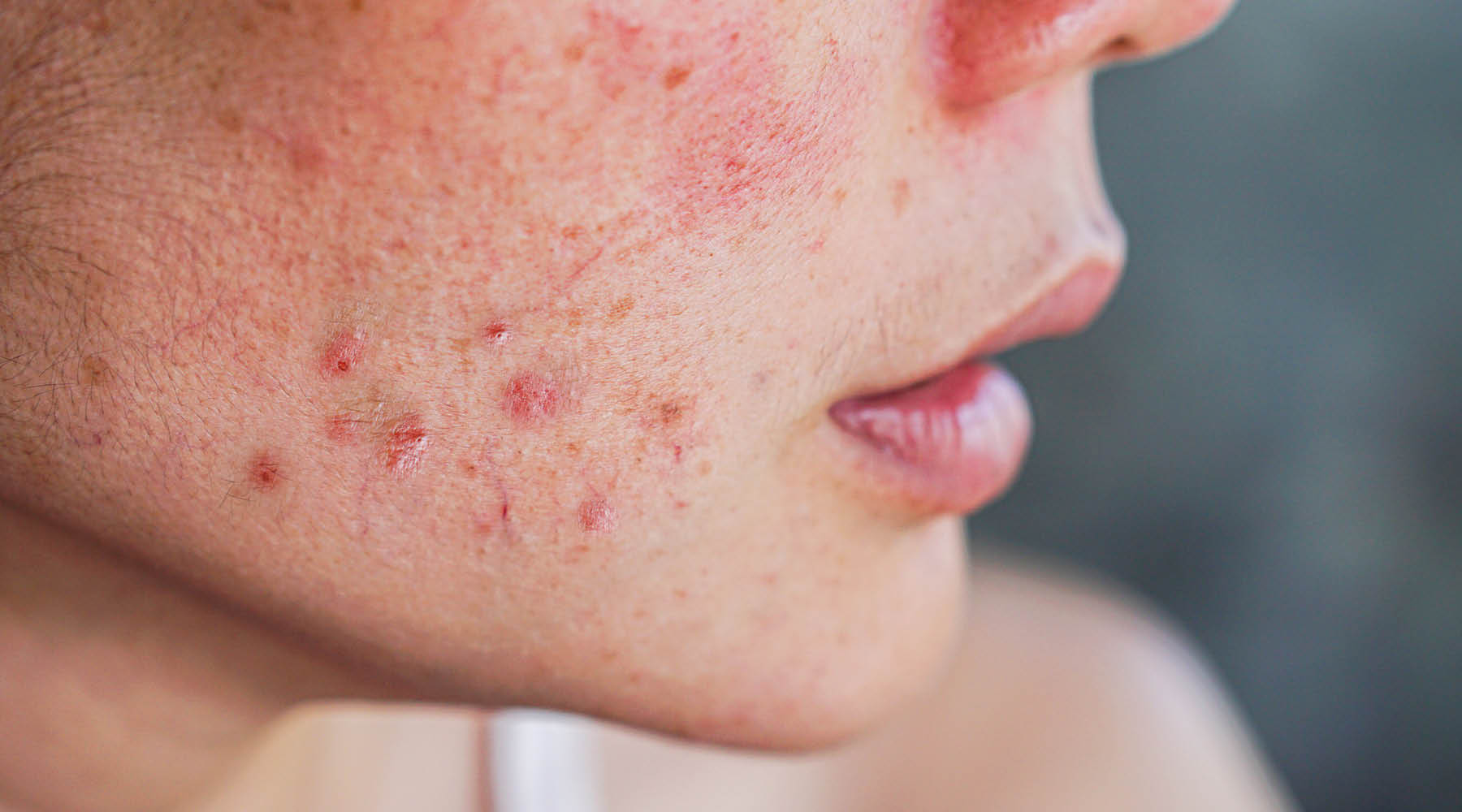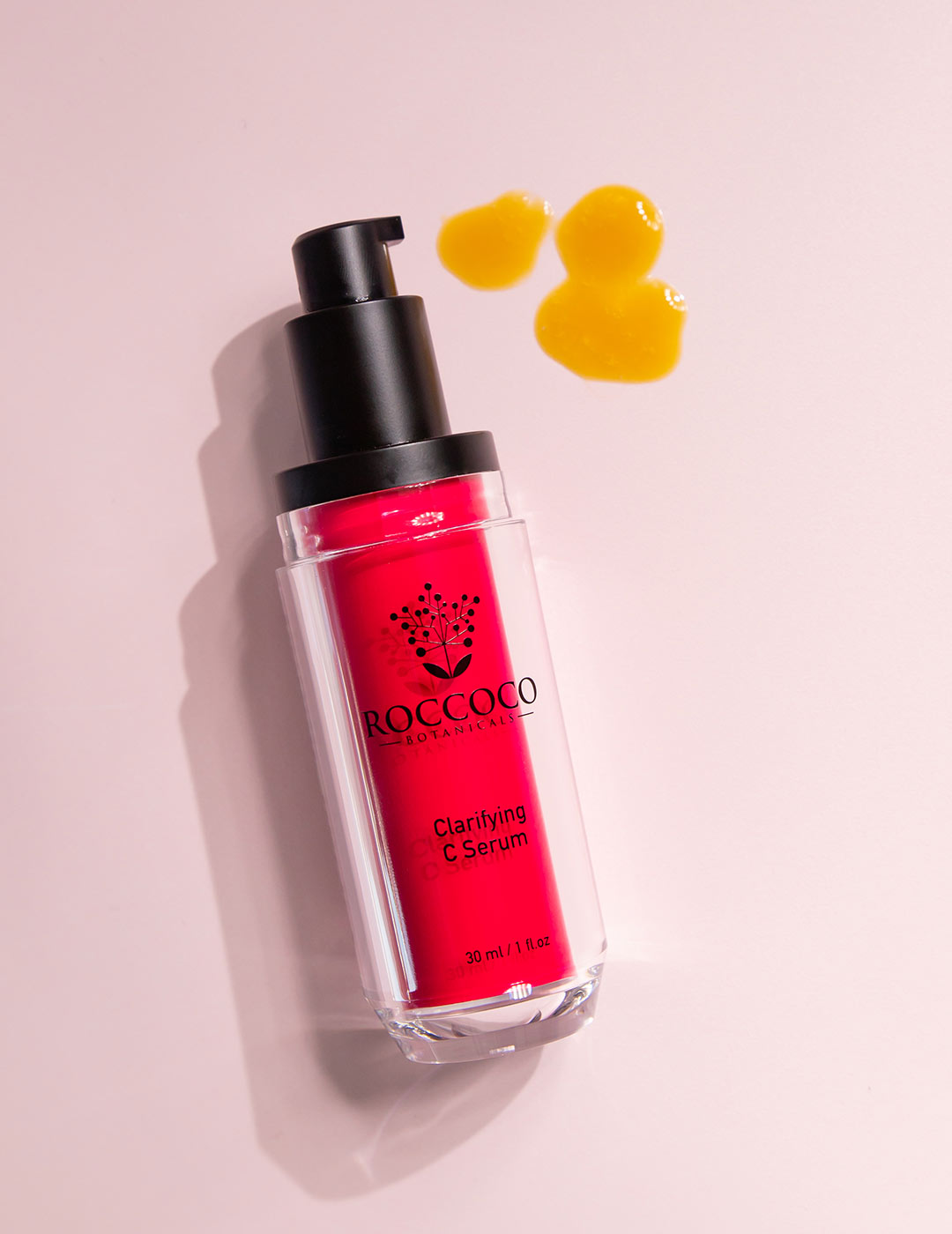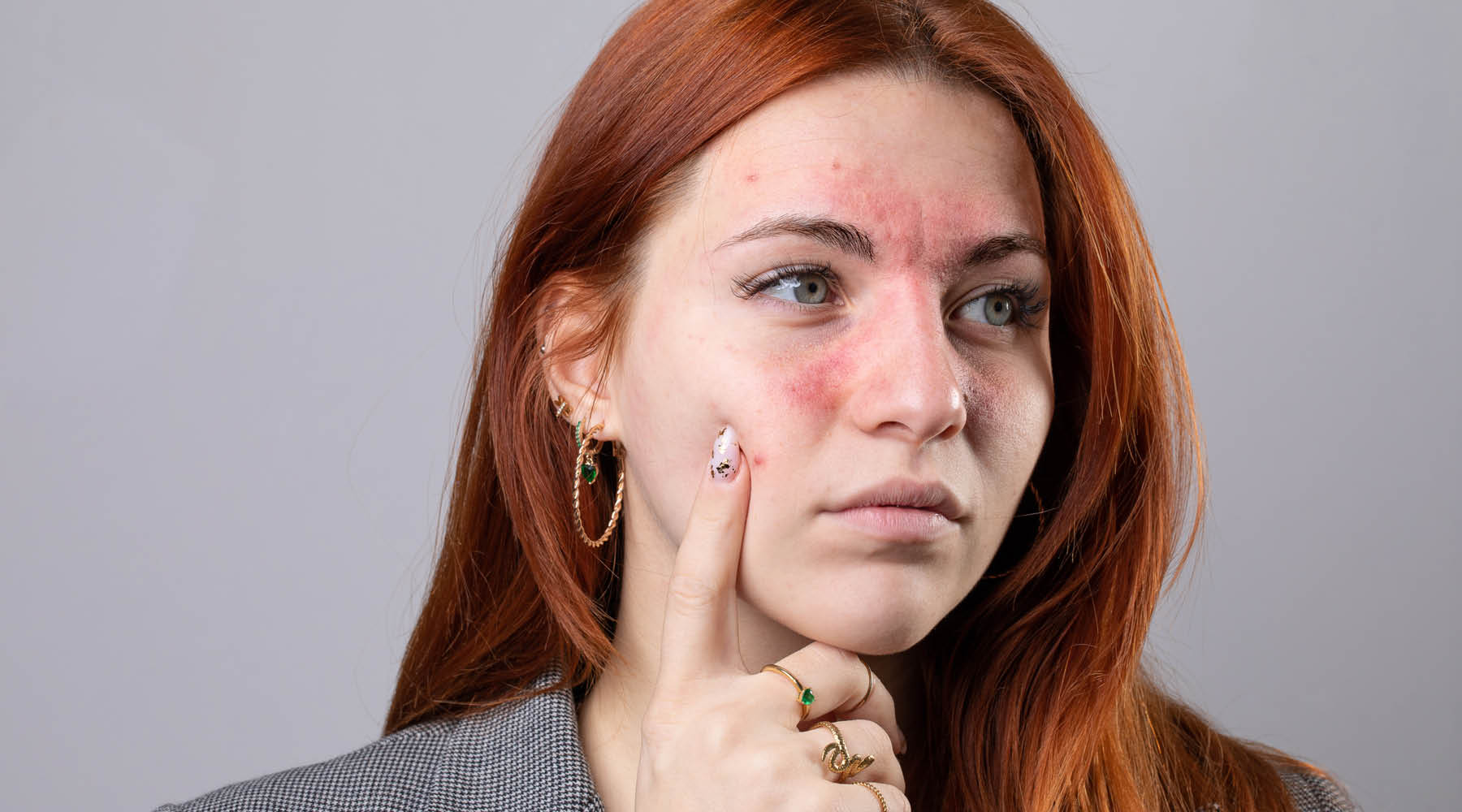Understanding Rosacea: Beyond Just Sensitive Skin
For many, rosacea feels like a mystery—a relentless cycle of redness, flushing, and skin discomfort. It's often mistaken for blushing, sunburn, or even acne. But rosacea is much more than a surface-level issue. It’s a chronic, inflammatory condition with deep biological roots that affect both skin function and quality of life.
What Is Rosacea?
Rosacea is a multifactorial inflammatory skin disorder, primarily impacting the central face. It manifests as persistent redness, visible blood vessels, burning or stinging, and sometimes bumps that resemble acne.
Key Pathways in Rosacea:
-
Neurovascular Dysregulation: The nerves in rosacea-prone skin are hypersensitive. Triggers like temperature changes or spicy food cause exaggerated vasodilation, leading to flushing.
-
Innate Immune Dysfunction: Your immune system is overactive, producing excessive antimicrobial peptides like cathelicidin (specifically LL-37), which promote inflammation and angiogenesis.
-
Skin Barrier Impairment: The outermost layer of your skin loses its integrity. This allows irritants in and moisture out, making your skin reactive, dry, and uncomfortable.
Understanding rosacea as a systemic issue—not just a cosmetic concern—empowers you to seek treatment that targets the root cause, not just the symptoms.
In our next post, we’ll explore what really triggers those frustrating flare-ups and how to outsmart them.
Read more

Are you tired of waking up to yet another unexpected breakout? If you've been diligently following a skincare routine but still find yourself battling stubborn acne, it might be time to look beyond...

One minute your skin is calm, the next—red, hot, and inflamed. What happened? Rosacea flare-ups aren’t random. They're often caused by a handful of sneaky, science-backed triggers. Let’s break them...



